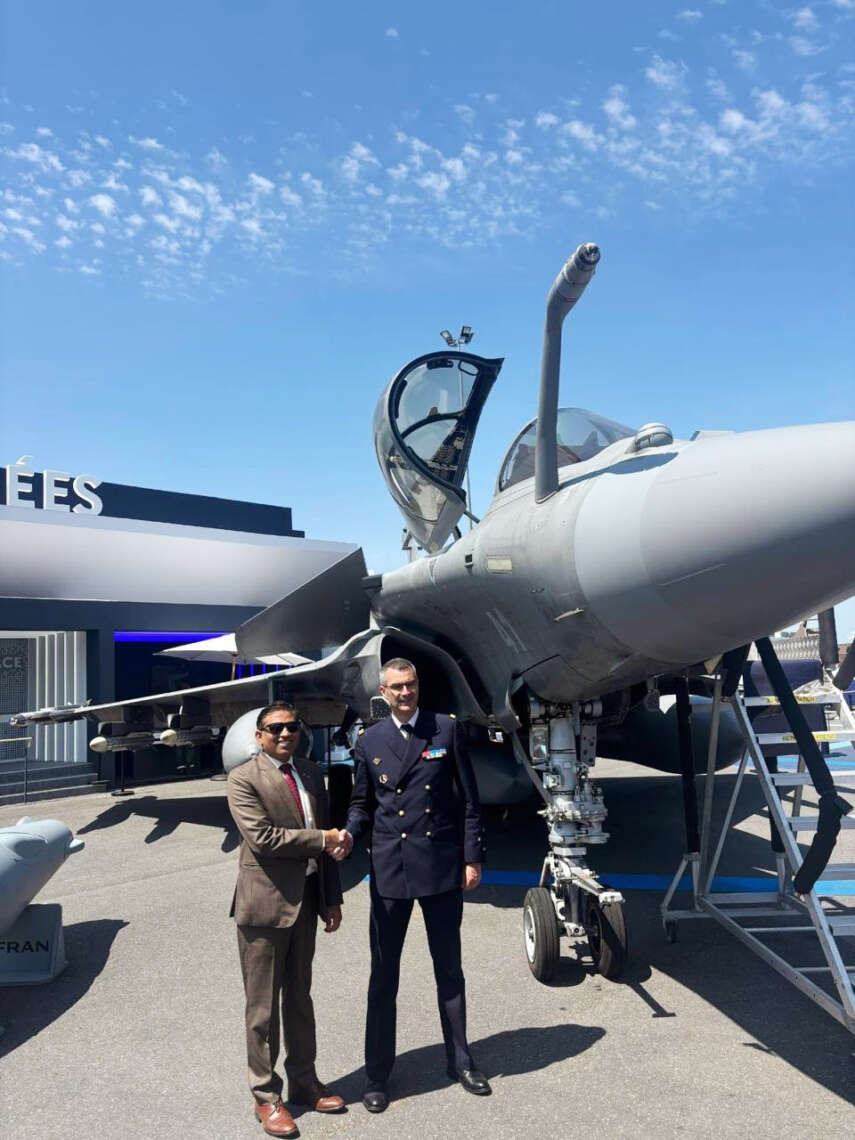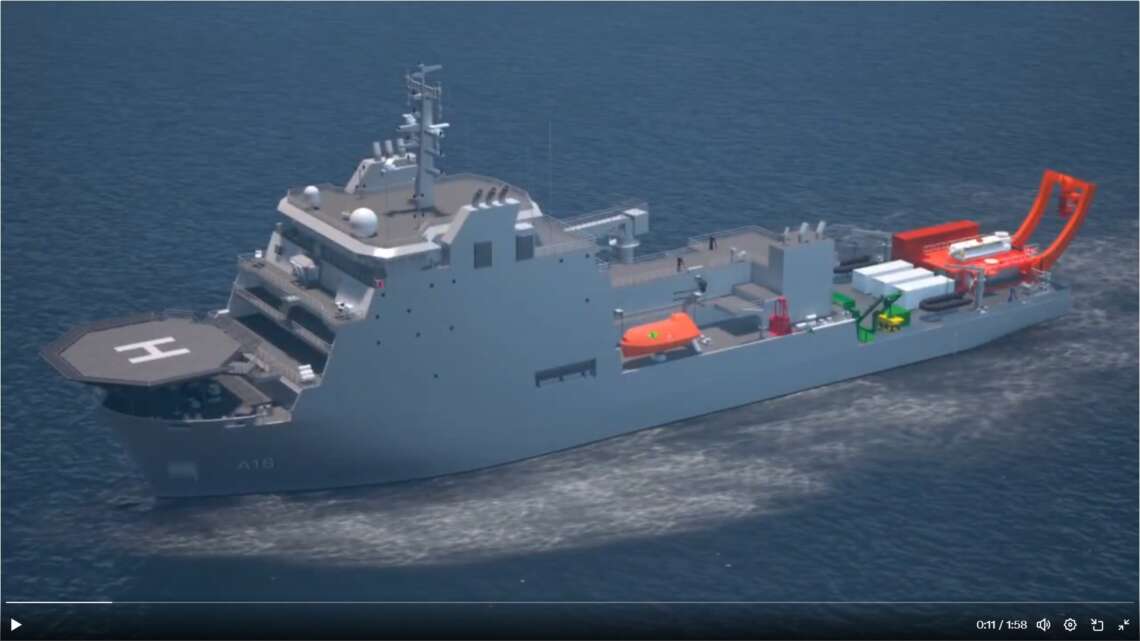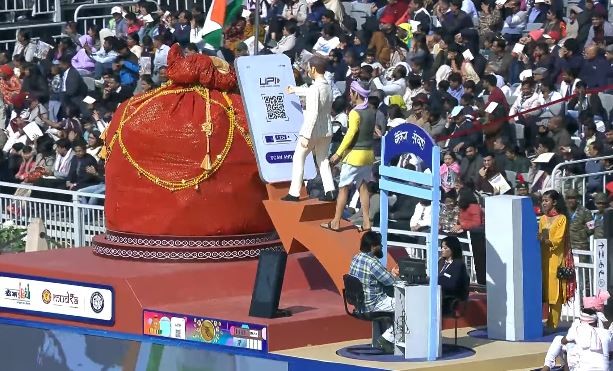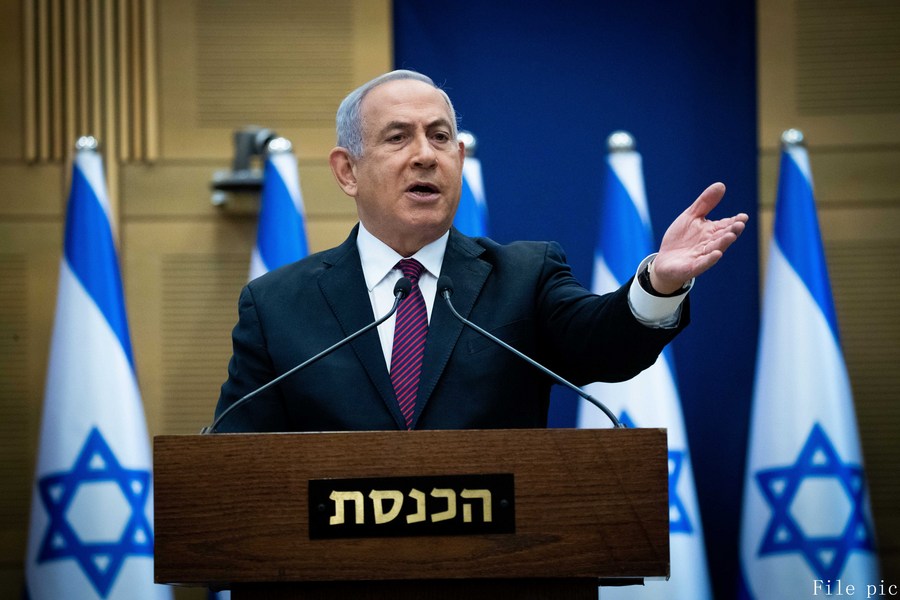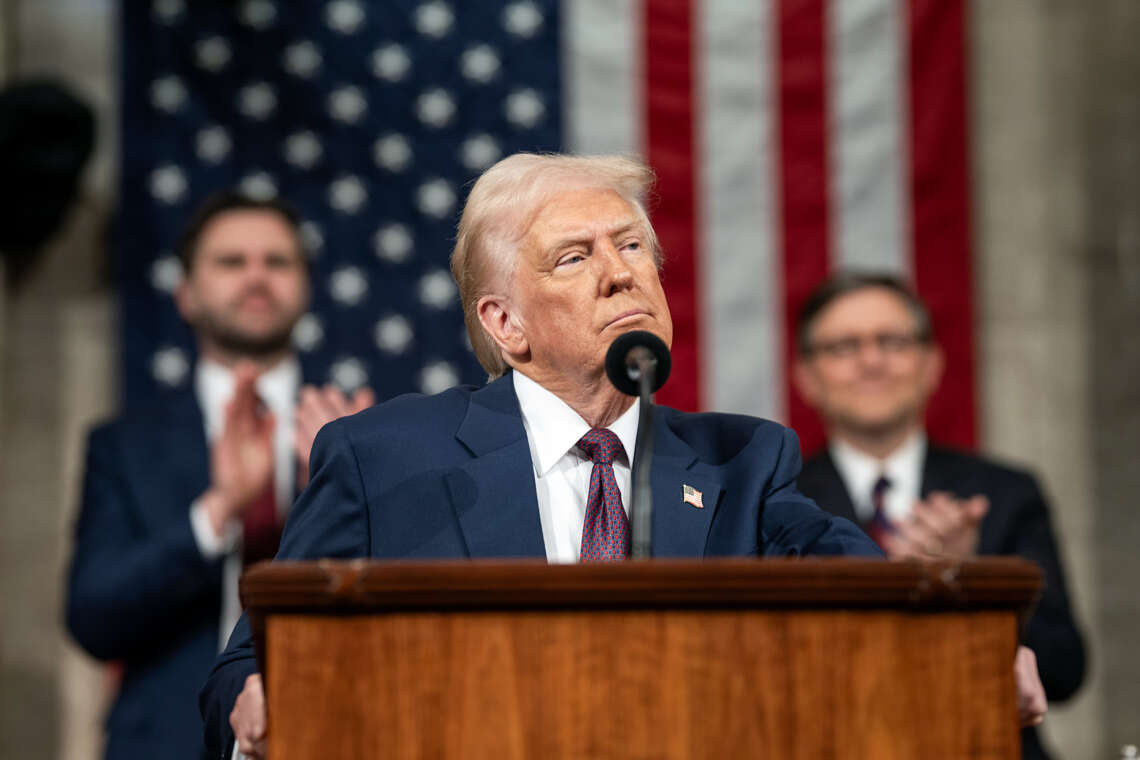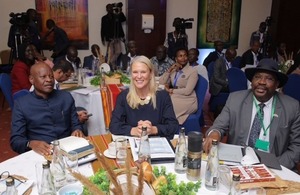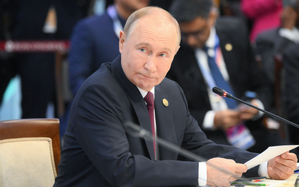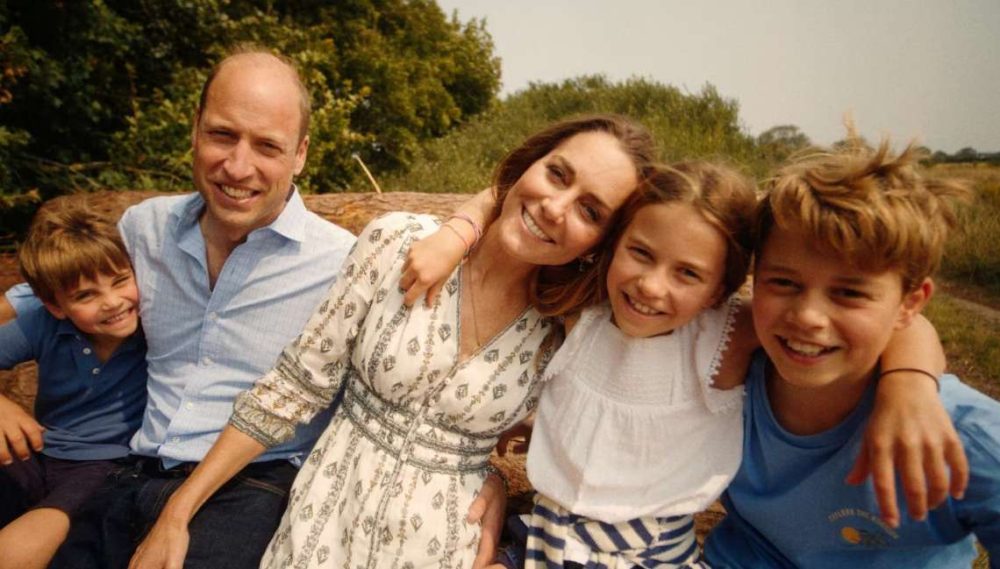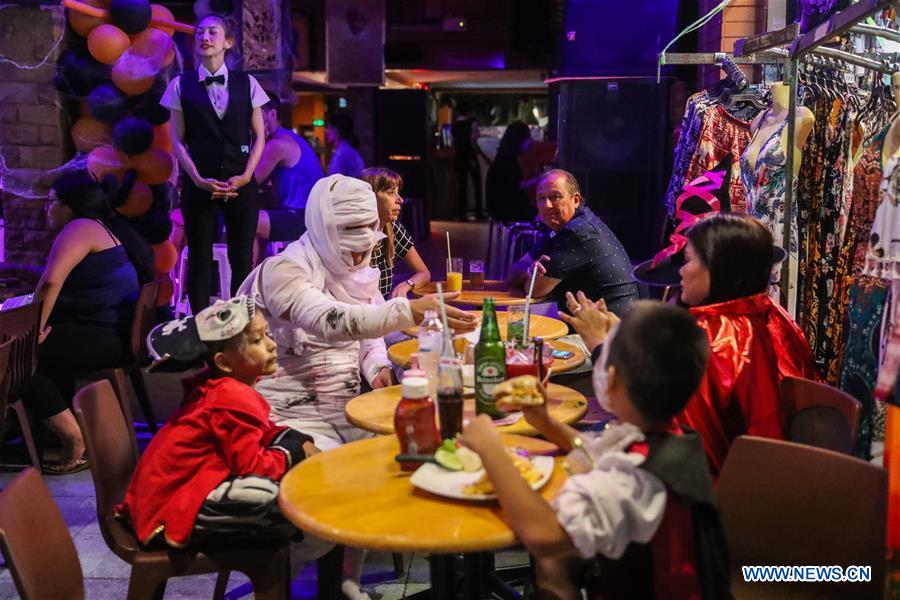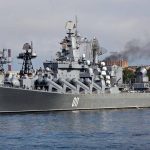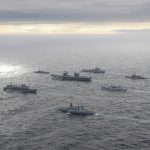French officials confirmed that the meeting marked the formal launch of the Rafale Marine programme — a key development in Indo-French naval cooperation as India seeks to bolster the maritime capabilities of its navy
India and France have taken a significant step forward in their defence collaboration with the formal launch of the Rafale Marine programme during the Paris Air Show. The development marks a strategic expansion of the Rafale platform, which already serves with the Indian Air Force.
An Indian defence delegation, led by Joint Secretary and Acquisition Manager (Maritime Systems) Dinesh Kumar, met with senior French officials at the air show on Thursday. The French delegation was headed by Lt Gen Gael Diaz De Tuesta, Director General of Armament.
French officials confirmed that the meeting marked the formal launch of the Rafale Marine programme — a key development in Indo-French naval cooperation as India seeks to bolster the maritime capabilities of its navy.
Simultaneously, Indian Navy Chief Admiral Dinesh Kumar Tripathi participated in the 12th Key Leader Engagement (KLE) hosted virtually by U.S. Navy’s Pacific Fleet Commander Admiral Stephen T. Koehler. The event, held on June 25, brought together naval leaders from 19 nations to deliberate on regional maritime priorities.
Admiral Tripathi articulated India’s vision of “Achieving Maritime Security in the Indo-Pacific through Innovation and Technology.” The Indian Navy posted on X: “Adm Dinesh K Tripathi, CNS, attended the 12th Key Leader Engagement hosted virtually by Adm Stephen T Koehler, @USPacificFleet, on Jun 25, involving 19 nations.”
The high-level engagement highlights India’s growing role as a regional security player and its emphasis on using advanced technologies to strengthen maritime stability in the Indo-Pacific.
Speaking earlier on June 13, Admiral Tripathi addressed the status of Operation Sindoor, a sensitive naval mission, stating that while it is currently paused, the operation remains ongoing.
“Operation Sindoor is under pause; it is still underway. As a naval chief, I will reserve my comments on this. It’s an operation in progress,” he told ANI.
While further details remain classified, the remark underscores the Indian Navy’s continued strategic operations in high-priority zones.
Admiral Tripathi also spoke about the evolving nature of warfare, emphasising the emergence of non-contact methods such as drone warfare and loitering munitions. He highlighted the growing need for counter-drone systems, noting that such technologies were scarcely anticipated a decade ago.
“It is undeniable that non-contact warfare is going to stay. In it, drones and loitering munitions — and therefore defence against them — in terms of counter-drone systems, there is a whole series of weapons and equipment that one had probably not catered for 10-12 years ago,” he said.
His comments reflect the Navy’s increased attention to cutting-edge defensive technologies amid shifting global threat paradigms.
Underscoring the push for indigenous defence capability, Admiral Tripathi, accompanied by Satyanarayan Nuwal, Chairman of Solar Industries India Ltd, visited the company’s headquarters in Nagpur. There, he reviewed manufacturing processes and cutting-edge defence products, including drones and counter-drone systems.
Speaking to ANI after the visit, the Navy Chief lauded the progress made by Solar Industries, particularly in the domain of indigenous production. He emphasised the importance of synergy between India’s public and private defence sectors.
“It’s really eye-opening to see what progress has been made by Solar in the last 14–15 years. The synergy between the public and private sectors is a must — some public sector companies have decades of experience, while private companies are relatively new. They need to learn from each other,” Admiral Tripathi said.
Chairman Satyanarayan Nuwal shared that the Navy delegation was shown Solar’s latest innovations, including its drone manufacturing units and the Counter-Unmanned Aerial System named Bhargavastra.
“Today, we mainly showed our facility with drones and Unmanned Aerial Systems (UAS). We showed the composite manufacturing unit of UAS. We also showed Bhargavastra (Counter-Unmanned Aerial System) to them,” Nuwal told ANI.
He added that in light of current strategic needs, long-range missiles are the next major focus. “Considering present situations, we learnt that the biggest need is for long-range missiles. We have already presented a proposal in this regard,” he added.
The visit signifies a growing momentum in India’s Make-in-India defence initiative and the Navy’s emphasis on advanced, locally developed technologies to support its future warfare strategies.


